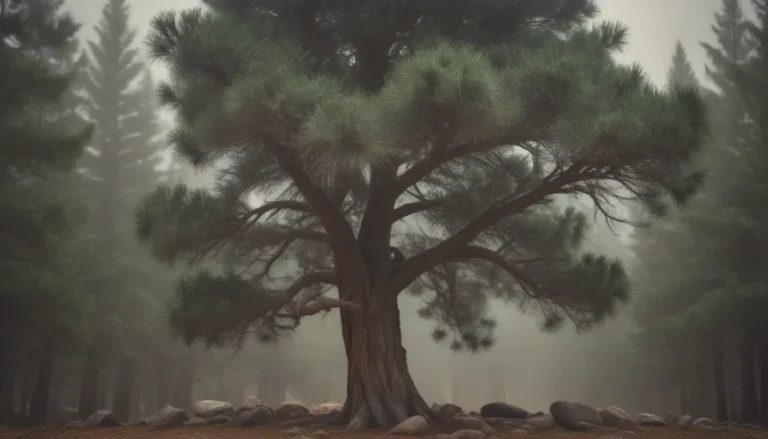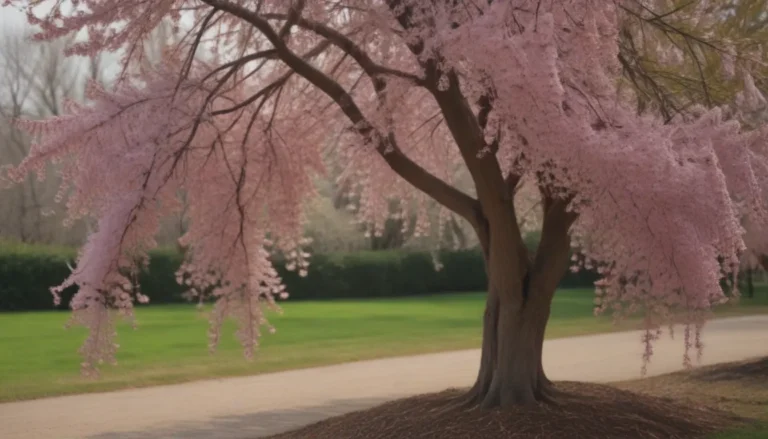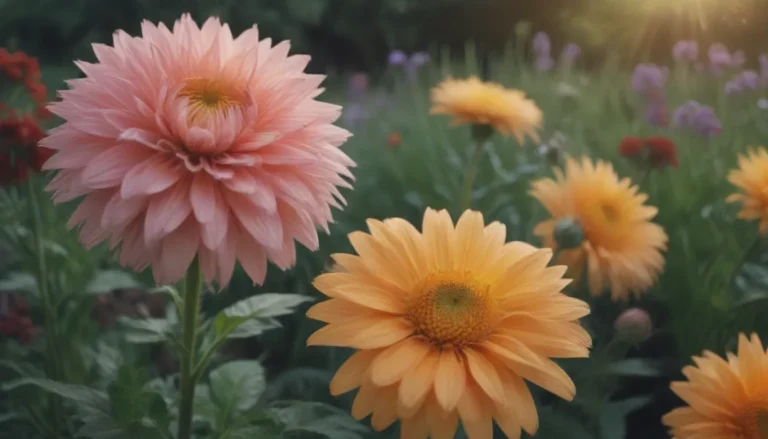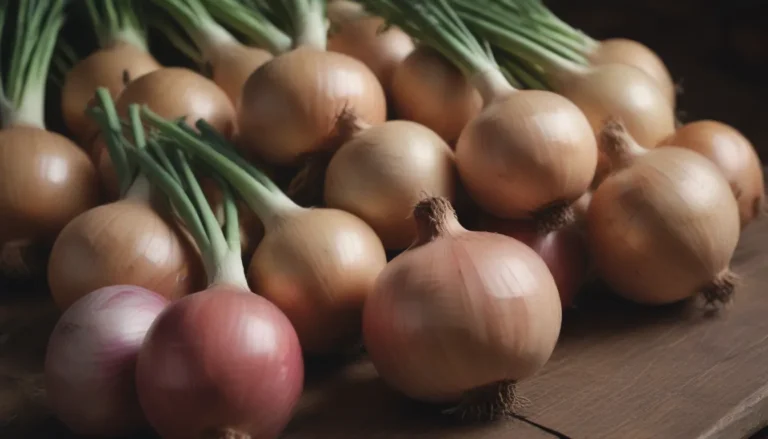Enhance Your Landscape with 14 Beautiful White Flowering Trees
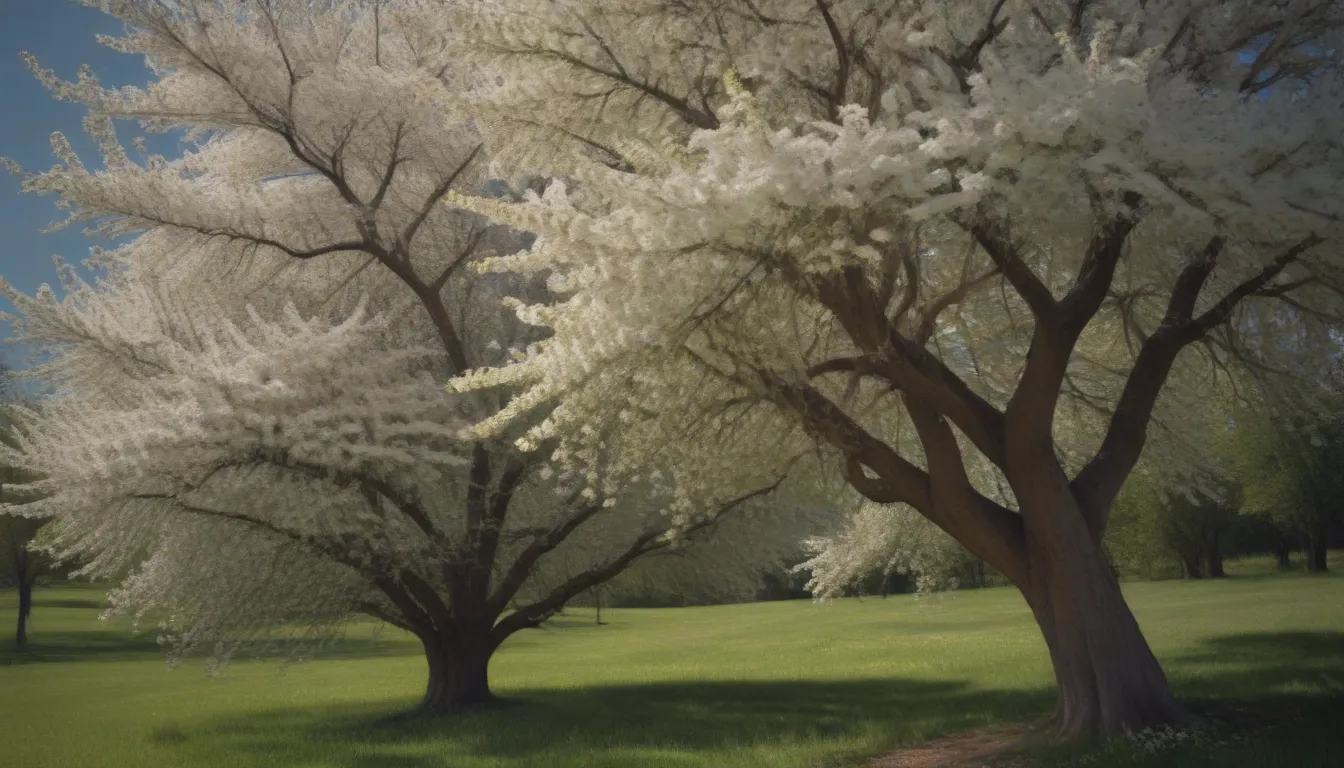
Embrace the beauty of nature by incorporating white flowering trees into your landscape. The sight of these trees adorned with delicate white blossoms signifies the arrival of spring and adds a touch of elegance to any outdoor space. Whether you prefer shrubs, small trees, or large specimens, there are plenty of options to choose from. In this comprehensive guide, we will explore 14 stunning white flowering trees to help you select the perfect addition to your garden.
Warning: Before planting any new tree in your landscape, be mindful of potential toxicity to humans and animals. Some trees, like the Bradford pear (Pyrus calleryana), may come with undesirable characteristics such as foul-smelling flowers and invasive tendencies. It’s essential to consider all aspects of a tree before introducing it to your yard.
American Elderberry
The American elderberry (Sambucus canadensis) is a sprawling shrub native to eastern North America. This plant thrives in boggy, wet soil, making it an excellent choice for rain gardens. The lemon-scented white flowers, which bloom in clusters during June and July, attract butterflies and pollinators. Due to its spreading nature, the American elderberry is best suited for areas where clustering is desired. Keep in mind that the berries are toxic to both humans and animals until cooked.
- Name: American Elderberry
- USDA Growing Zones:
- Mature Size:
- Sun Exposure:
- Soil Needs:
White Angel’s Trumpet (Brugmansia spp)
Angel’s trumpet, also known as Brugmansia, is a group of small to medium-sized shrubs with large, fragrant, trumpet-shaped flowers. In colder climates, this tropical plant needs to be grown in containers and brought indoors during the winter. The plant typically blooms from mid-summer to fall, boasting large, sweet-smelling flowers up to 12 inches long. While Angel’s trumpet serves as an accent shrub in warm climates, it can also be a stunning container plant for decks and patios in colder regions. Please be aware that all parts of the plant are toxic to humans and animals.
- Name: White Angel’s Trumpet
- USDA Growing Zones:
- Mature Size:
- Sun Exposure:
- Soil Needs:
Black Chokeberry
Native to eastern North America, the black chokeberry (Aronia melanocarpa) is a small, suckering shrub that produces clusters of white, small-petaled flowers in May. As fall approaches, the berries ripen to a striking black color, complementing the shrub’s attractive purple/red foliage. Black chokeberry thrives in group plantings and has a high tolerance for wet conditions.
- Name: Black Chokeberry
- USDA Growing Zones:
- Mature Size:
- Sun Exposure:
- Soil Needs:
Bridal Wreath Spirea
Bridal wreath spirea (Spiraea prunifolia) boasts a wispy growth habit with branches filled with masses of small, double white flowers in early spring. This shrub is perfect for border plantings or as a foundation plant. As the seasons change, many varieties of bridal wreath spirea display attractive shades of yellow, orange, or gold, adding visual interest to your landscape.
- Name: Bridal Wreath Spirea
- USDA Growing Zones:
- Mature Size:
- Sun Exposure:
- Soil Needs:
Buttonbush
Buttonbush (Cephalanthus occidentalis) is a medium to large-sized shrub native to North America, known for its unique pin-cushion flowers that bloom in June. These flowers are a favorite among butterflies and other pollinators. With a high tolerance for moist and wet soils, buttonbush is an excellent choice for rain gardens and water features. Keep in mind that the leaves of this plant are toxic to humans.
- Name: Buttonbush
- USDA Growing Zones:
- Mature Size:
- Sun Exposure:
- Soil Needs:
Carolina Silverbell
The Carolina silverbell (Halesia carolina) is a small to medium-sized tree native to the Southeastern United States. In April, this tree produces charming bell-shaped white flowers before the leaves appear. Carolina silverbells typically grow to be 30 to 40 feet tall, making them ideal for planting beneath azaleas and rhododendrons. While the fall foliage may drop early, the tree’s beauty remains a highlight of any landscape.
- Name: Carolina Silverbell
- USDA Growing Zones:
- Mature Size:
- Sun Exposure:
- Soil Needs:
Fringe Tree
The fringe tree (Chionanthus virginicus) is a shrub or small tree native to the Eastern U.S. Clusters of creamy white flowers with fringe-like petals adorn this tree in May and June, followed by bluish-black fruits that attract birds. With a preference for moist soils and a tolerance for different environmental conditions, the fringe tree is low-maintenance and perfect for urban environments.
- Name: Fringe Tree
- USDA Growing Zones:
- Mature Size:
- Sun Exposure:
- Soil Needs:
Giant Dogwood
Giant dogwood (Cornus controversa) stands out as one of the larger species within the Cornus genus, growing up to 35 to 40 feet tall. Native to Japan and China, this tree produces clusters of creamy-white flowers in late spring, followed by bluish-black fruit in late summer. While the fall foliage may not be remarkable, the giant dogwood is commonly used as a lawn tree for its size and beauty.
- Name: Giant Dogwood
- USDA Growing Zones:
- Mature Size:
- Sun Exposure:
- Soil Needs:
Kobus Magnolia
The Kobus magnolia (Magnolia kobus) is a slow-growing small tree that blossoms with cup-shaped white flowers in March. These flowers appear before the leaves, creating a stunning visual display. While the tree grows gradually into a rounded form, it can be a striking specimen tree in any lawn or garden. For magnolia enthusiasts, consider the Trystar magnolia with its bright white star-shaped flowers.
- Name: Kobus Magnolia
- USDA Growing Zones:
- Mature Size:
- Sun Exposure:
- Soil Needs:
Natal Plum
Natal plum (Carissa macrocarpa) is a rare flowering shrub that delights with its star-like 2-inch flowers blooming continuously during the growing season. These flowers are followed by red plum-shaped fruit, perfect for making jellies and jams. Natal plum thrives in seaside areas due to its tolerance for windy and salty conditions. However, it’s essential to note that this plant is listed as invasive in some regions and slightly toxic to humans.
- Name: Natal Plum
- USDA Growing Zones:
- Mature Size:
- Sun Exposure:
- Soil Needs:
Orange Jasmine
Orange jasmine (Murraya paniculata) is a warm-climate shrub with glossy evergreen leaves and fragrant white flowers. This plant produces attractive fruits and is ideal for hedges or screens in climates where it can thrive outdoors year-round. In cooler climates, consider growing orange jasmine in large pots that can be moved indoors during winter. The plant’s tolerance for pruning allows for easy shaping into hedges or screen plantings.
- Name: Orange Jasmine
- USDA Growing Zones:
- Mature Size:
- Sun Exposure:
- Soil Needs:
Japanese Snowbell
The Japanese snowbell tree (Styrax japonicus) is a compact tree that blooms with fragrant, bell-shaped white blossoms in May and June. Thriving in bright, direct sunlight, this tree adds a touch of elegance to any garden. Be cautious not to over-fertilize the Japanese snowbell, as excessive nitrogen can lead to an abundance of foliage without the desired flowers.
- Name: Japanese Snowbell
- USDA Growing Zones:
- Mature Size:
- Sun Exposure:
- Soil Needs:
Serviceberry
The Saskatoon serviceberry (Amelanchier alnifolia) offers fragrant, pendulous white blossoms in the spring that attract butterflies. In summer, the tree produces juicy purple berries, known as Juneberries, and transitions into a vibrant display of autumn colors. While the serviceberry thrives in partial to full sun, it may not be suitable for extremely hot or cold climates. Keep in mind the potential messiness of the berries, which are a delight to songbirds.
- Name: Serviceberry
- USDA Growing Zones:
- Mature Size:
- Sun Exposure:
- Soil Needs:
Hydrangeas
Hydrangeas are popular shrubs that come in various white varieties, from dwarf to large sizes, suitable for training into tree shapes. These plants thrive in fertile, well-draining soil with morning sun and afternoon shade. Depending on the type, white hydrangeas bloom in late spring and retain their lush flowers until fall. Explore different varieties like Peegee hydrangeas for late-summer blooms, shooting star hydrangeas for double-white flowers, and the classic Annabelle for snowy white blooms. Keep in mind that all hydrangeas are toxic to animals.
- Name: Hydrangeas
- USDA Growing Zones:
- Mature Size:
- Sun Exposure:
- Soil Needs:
Fun Fact: Look for plant cultivars with names like alba, snow, or snowball, such as Chinese snowball viburnum and Wisteria floribunda ‘Alba,’ to indicate white flowers.
In conclusion, incorporating white flowering trees into your landscape can enhance the beauty of your outdoor space and welcome the arrival of spring in a spectacular way. From shrubs to smaller trees, there are numerous options to choose from, each offering unique characteristics and benefits. Before selecting a tree for your garden, consider its size, growth habits, and potential toxicity to ensure a harmonious environment for humans and animals alike. Happy planting!

